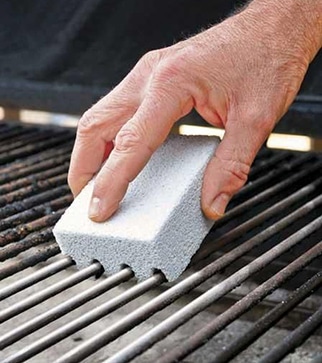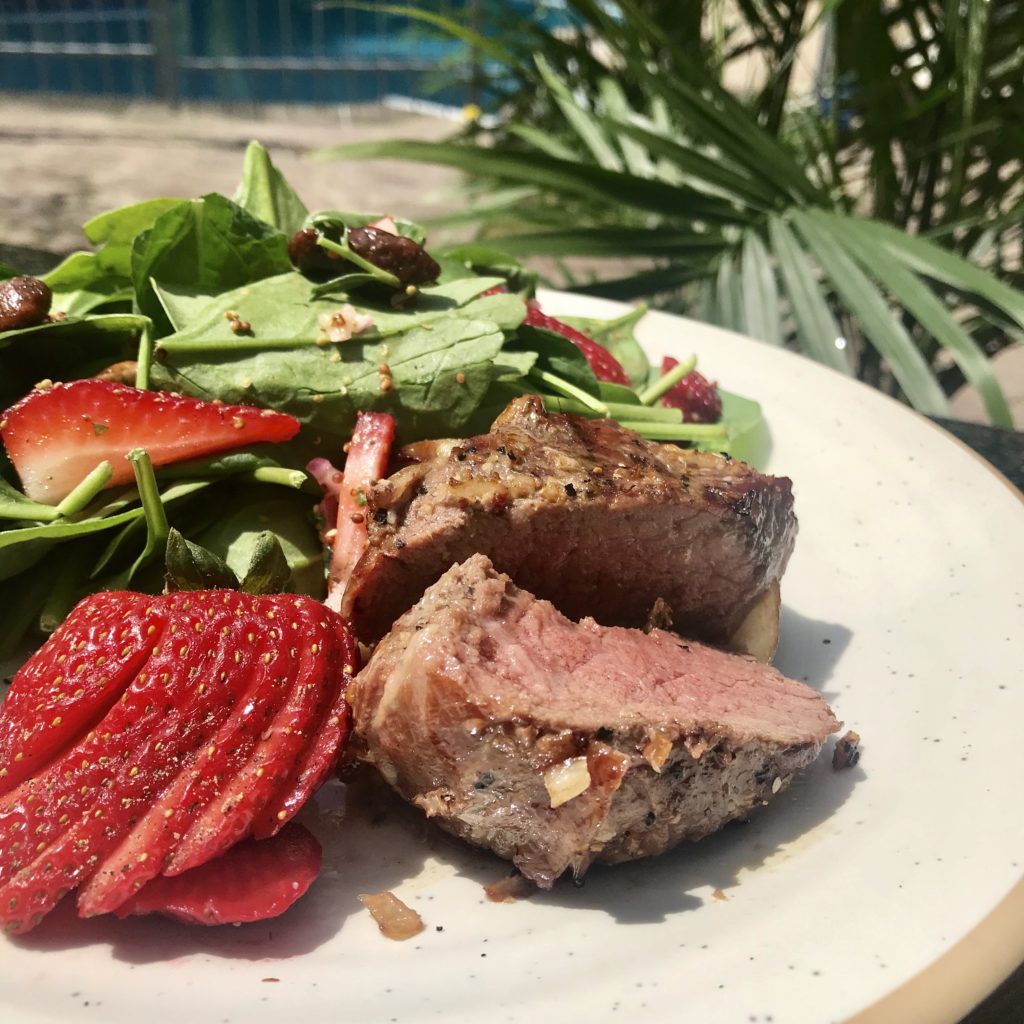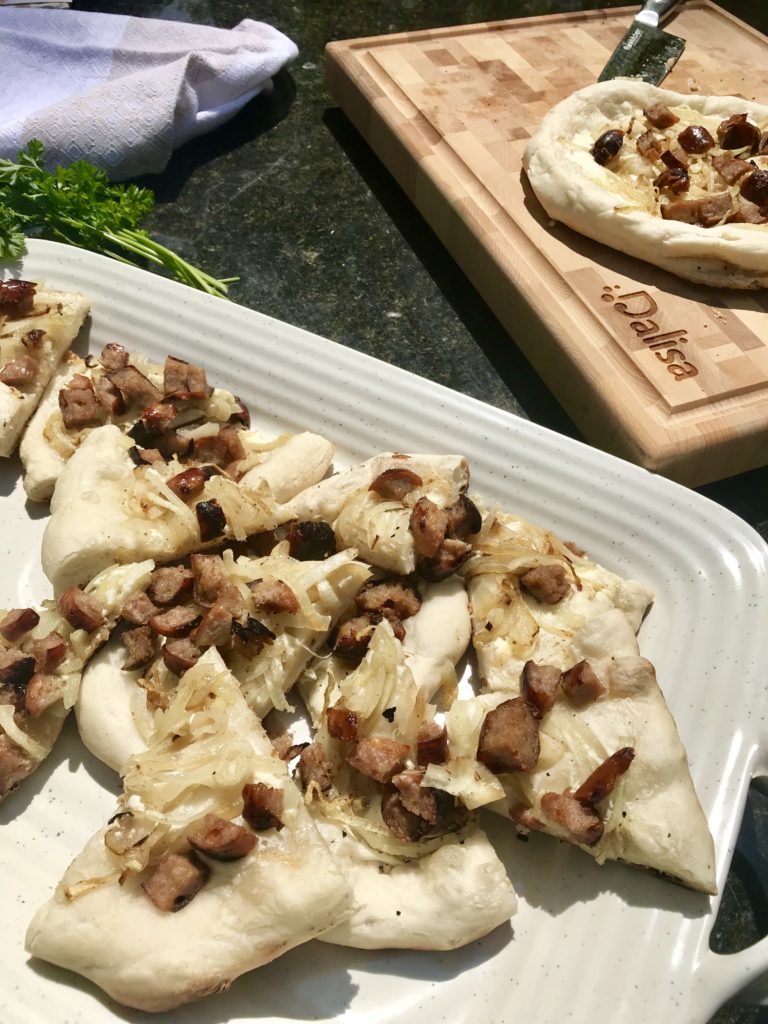The cost of groceries increases every year in Quebec. There are many ways to save money on groceries, starting with planning your grocery list based on the sales in the store flyer and sticking to it. If you follow our Facebook Page, you’ll notice that our products are often on sale at Costco, Maxi, Wal-Mart and IGA.
You may want to buy a large quantity of a certain product because of a great sale, which is a good idea. However, you may find that the expiration date looms too quickly.
Here are a few tips to keep your sausages and other food fresh longer:
Vacuum packing
Vacuum packing means removing all the air from packaging to keep a product fresh longer. This airtight packaging provides the food with a stable environment free from bacteria that might affect its shelf life.
There are professional-quality tools to vacuum pack raw and cooked foods, but these machines can cost over $100 and take up space in your cupboards. There is a simple, free alternative—using water pressure to remove the air from packaging. All you need is a Ziploc-type freezer bag, a deep container and water.
Here is the procedure:
- Write the date and the flavour of the sausages you are vacuum packing on the freezer bag.
- Fill a container or your sink with cold water.
- Put the sausages in the freezer bag, but don’t close it.
- Dunk the bag into the container of water right up to the opening. Make sure no water gets into the bag. The water pressure will force the air out of the bag. Close the bag while it is still in the water.
Once vacuum packed, food can be stored in the fridge for one or two extra days. Vacuum packed bags can also be frozen.

Freezing
Because vacuum packing removes the air, food in vacuum packed freezer bags will stay fresher in the freezer than food in the original styrofoam and cling wrap packaging. By removing the air, you avoid “freezer burn.”
At home, if you have a freezer with frost, you can keep sausages up to 6 months. In a frost-free freezer, the products won’t keep as long— we recommend a maximum of 3 months due to the ventilation of that type of freezer. After the recommended amount of time has elapsed, frozen sausages will still be safe to eat, but their taste and texture may be altered by too much exposure to cold.
Thawing
There are two ways to thaw sausages, one quick and one overnight.
- If, like many, you’re cooking lunch or dinner at the last minute, you’ll prefer the quick method, which only takes 15 to 45 minutes to thaw. All you need to do is submerge the Ziploc bag containing the sausages in a container of 10°C water. It isn’t a good idea to put a frozen product directly in hot water, because the temperature will change too quickly. For an even quicker thaw, you can put the container in the sink and let a thin stream of water run over the packaged sausages. With this method, your sausages will be ready to cook in around 20 minutes. In a container without running water, it will take the sausages up to 45 minutes to thaw completely.

- However, if you’re meal planning in advance, you can simply put the sausages in the fridge overnight, and they will be ready to cook the next day.
See the instruction on video (French only) :
Enjoy!


















